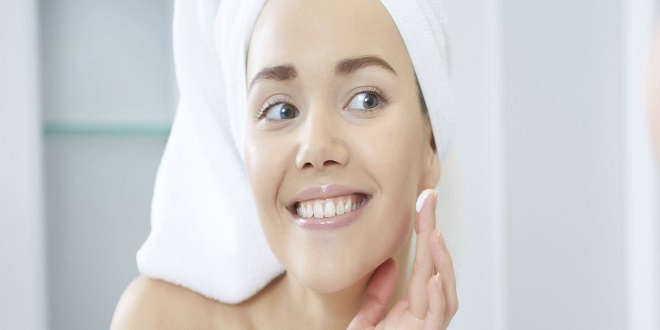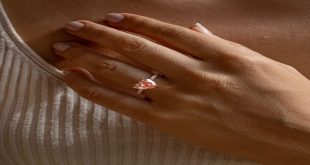The skin contains many layers. The outermost layer of the epidermis, known as the stratum corneum, is responsible for regulating water loss and retention. Many factors influence the level of hydration in the stratum corneum: fat (intracellular laminar lipids) the natural moisturizing factor, or NMF, which is comprised of the components that make sure the structure of the epidermis is intact; and the structure of the skin layer itself.
Additional components that help maintain proper moisture are hyaluronan, a compound involved in tissue repair and natural humectants, such as glycerol, that draw water from within the skin to the surface. (Many cosmetic products contain glycerol because it helps skin appear well-hydrated.)
Luscious Lipids
Lipids are the oily components within the skin that provide a barrier to slow the loss of moisture; they are critical to a healthy skin appearance. Many nutrients are lipids, including lutein, vitamin E, linolenic acid, and lecithin. Lutein can improve the moisture content of the skin and is sometimes added to topical skin products to help moisturize.
It can also help moisturize the skin from the inside out. In a human clinical trial, daily consumption of 10 mg of lutein increased skin hydration. Plus, lutein has been found to improve the skin’s elasticity and to help fight signs of aging.
Don’t Wither Away
Is it true that dry skin causes wrinkles? No, but dry skin can make wrinkles more pronounced. Drinking sufficient water and eating foods that contain moisturizing fats and high water content can keep your skin properly hydrated and prevent wrinkles from becoming more visible. Cosmetic products containing moisturizers can temporarily puff up the skin with water and reduce wrinkles; however, this effect is only temporary, so it makes little sense to waste hundreds of dollars on these products especially when diet can do a great deal to improve moisture content and the aging appearance of skin.
Thirteen Foods That Moisturize
To improve the texture of your skin and reduce fine lines, increase your intake of nutrients like the ones mentioned above and make sure your system is properly hydrated. Try to avoid drinking dehydrators such as alcohol and coffee. Instead, aim for 6 to 8 glasses of distilled water or herbal tea daily. Following is a list of thirteen nutritious foods that will help moisturize your skin from the inside out: Luscious Lipids
LUSCIOUS LIPIDS
Eating fat is good for you! But it’s important to remember that not all fats are created equal. Good fats, such as those found in the following foods, are beneficial to your overall health and your skin’s appearance. The recommended daily allowance of fat is 65 g per day. Of that, only 20 g should be saturated fat, a so-called bad fat, which means that most of your daily intake of fat should come from polyunsaturated and monounsaturated fats, two types of unsaturated fat. These healthy fats are found in fish, nuts, seeds, and oils from plants. So ditch your fatphobia and remember these words—healthy skin needs healthy fats
Fatten Up? Not a Chance!
Avocados will not increase your waist size. Let’s compare an avocado with butter: First off, in two tablespoons (28 g), an avocado has 50 calories, while butter has 240 calories. The real difference, however, is the type of fats in these two foods. Avocados contain lots of skin-healthy polyunsaturated and monounsaturated fats, which help control the skin’s moisture level. By contrast, butter is full of saturated fats, which are known to increase inflammation and compromise skin health.
 Naasongs.fun
Naasongs.fun



